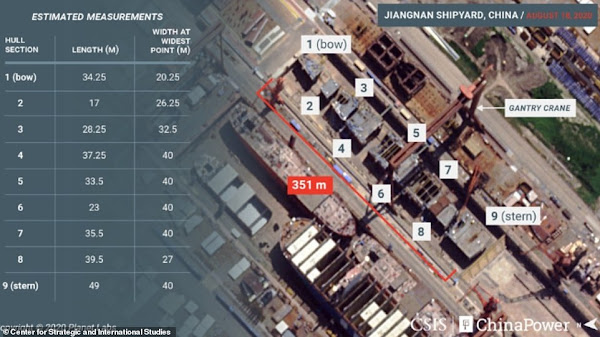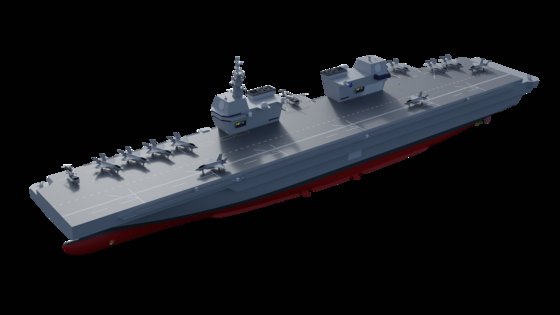A total of 23 Iraqi Air Force Lockheed Martin F-16IQ Viper fighter jets took part in an impressive flyby to mark the centenary of the country’s army.
This is despite recent reports that Baghdad’s fleet of F-16s, the pride of the country’s air force and arguably its most capable combat assets, is suffering from serious readiness problems.
The Iraqi Air Force originally acquired 36 F-16C/D Block 52s. Two of the jets were lost in separate accidents during their initial period of training in the United States. The remaining 34 Vipers are assigned to the 9th Fighter Squadron at Balad Air Base and have previously flown combat operations against ISIS.
The same story quotes active and retired members of the Iraqi military who describe “poor jet maintenance and mismanagement” leading to the F-16s regularly failing to meet required maintenance standards.
Officials confirmed to the Iraq Oil Report last December that only seven jets from the F-16 fleet were able to fly “without serious risk of crashing,” while the operational jets were being kept airworthy using spare parts cannibalized from the other aircraft. This is clearly a short-term solution that will eventually lead to all aircraft becoming non-airworthy in the long-term.
The poor state of the jets may well have been the reason behind the decision to remove the F-16s from air tasking orders.
logistical issues have affected aircraft availability, a knock-on effect of budget shortages due to the falling price of oil, together with the ongoing security situation in the country, which has led to a reduction in the Lockheed Martin-provided contractor support needed to properly maintain the jets.
The lack of money to support the F-16s has led to Baghdad taking out a $2.7-billion loan from the United States to cover ammunition and maintenance for the jets.




